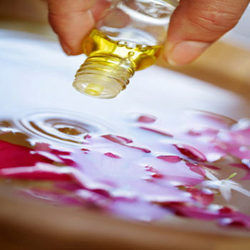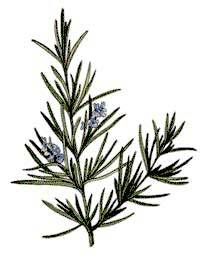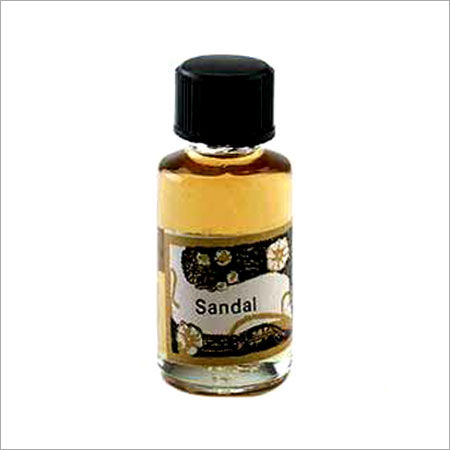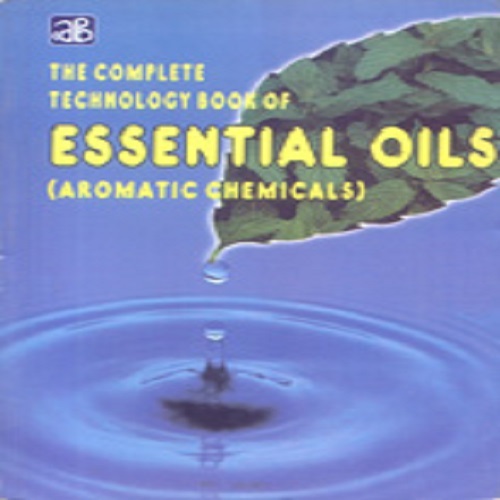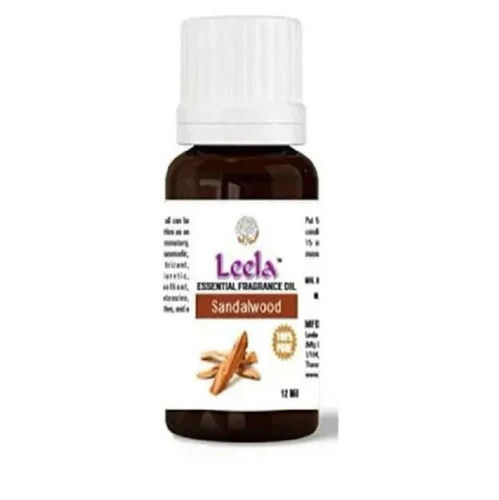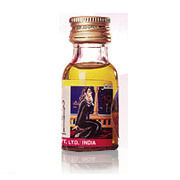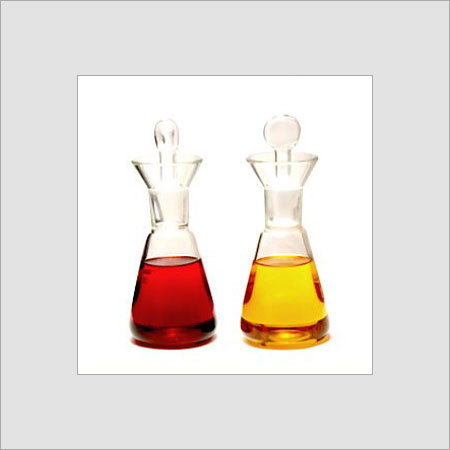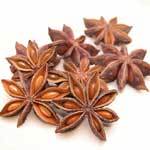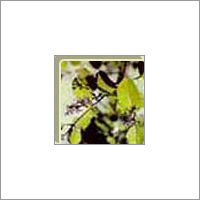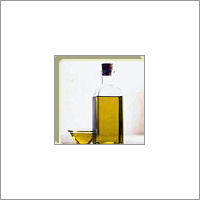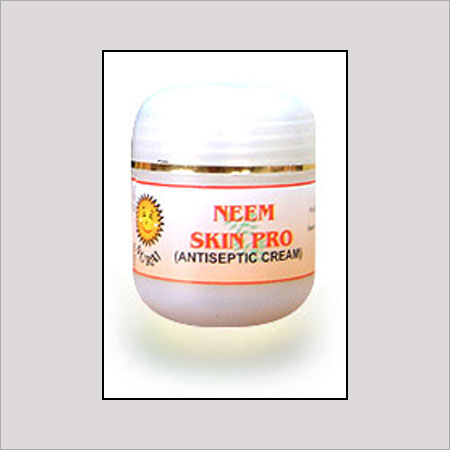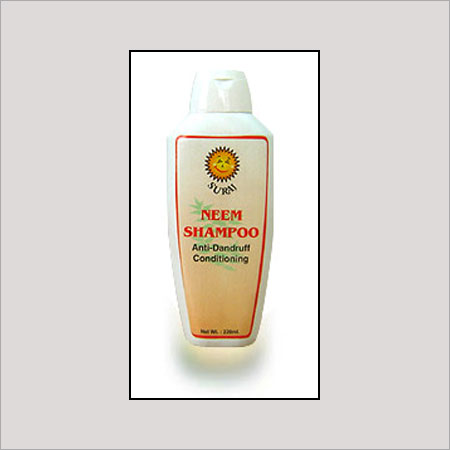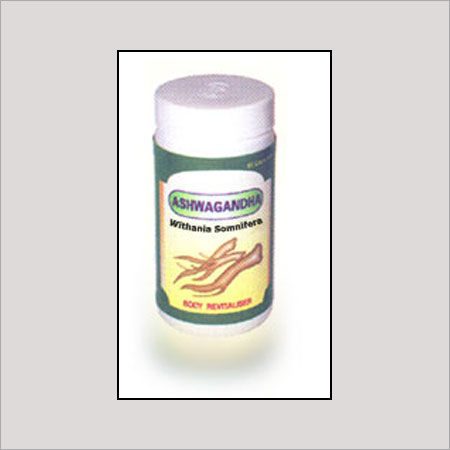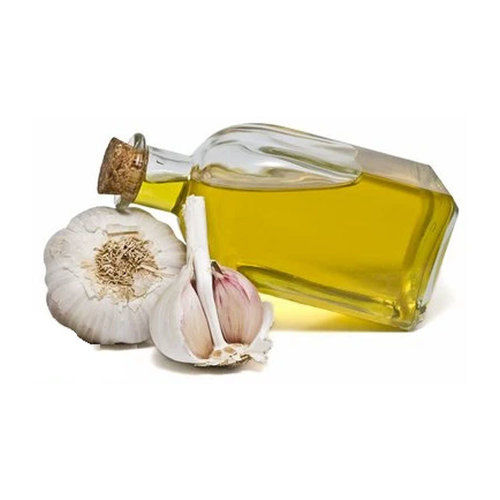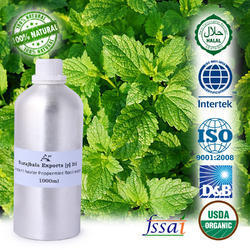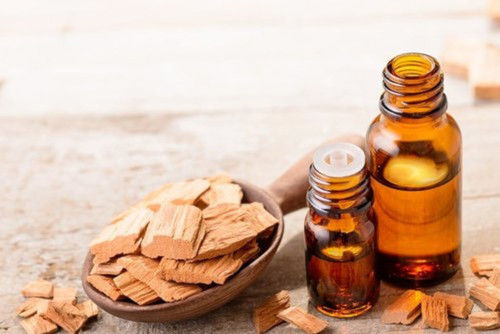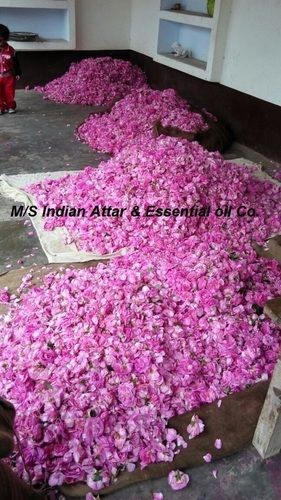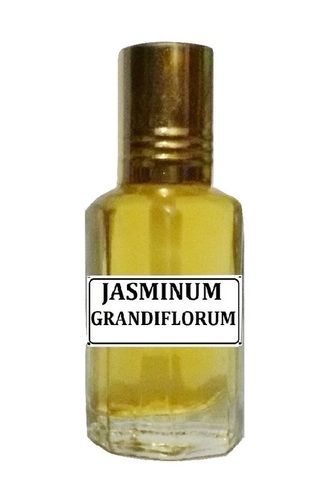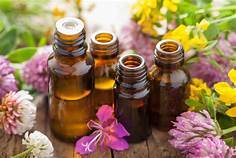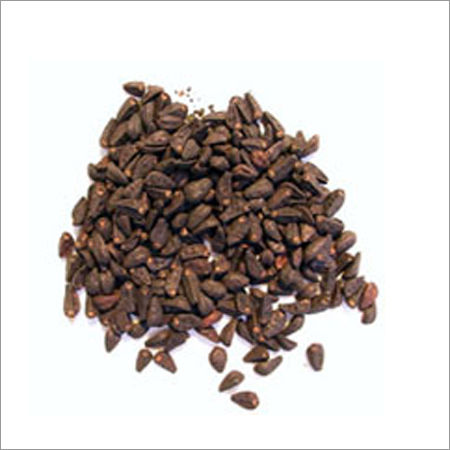Tamarindus Indica (Imli)Common Name : ImliPlant Parts Used : FruitDescription of Tamarindus IndicaA moderate - sized to large, evergreen tree, up to 24 m. in height and 7 m. in girth, but generally smaller, cultivated or found naturalized almost throughout the plains and sub-Himalayan tracts of India, particularly in the South. Bark brownish or dark grey, longitudinally and horizontally fissured; leaves paripinnate, up to 15 cm. long: leaflets generally 10 - 20 pairs, subsessile, oblong, 8 - 30mm. X 5 - 10 mm; flowers small, yellowish with pink stripes, in lax, few - flowered racemes at the ends of the branchlets; pods 7.5 - 20.0 cm. long, c. 2.5 cm. broad and 1.0 cm. thick, more or less constricted between the seeds, slightly curved, brownish - ash - coloured, scurfy; seeds 3 - 12, obovate - oblong, compressed, with a shallow, oblong pit on each side of the flat faces, c. 1.5 X 0.8 cm. smooth, dark brown, shining. The seeds are contained in loculi, enveloped by a tough, leathery membrane, the socalled endocarp. Outside the endocarp is the light brownish, red, sweetish acidic, edible pulp, traversed by a number of branched, ligneous strands. The outermost covering of the pod is fragile and easily separable.The tree has usulayy a short and thick trunk, which is seldom straight. It has a handsome, dense and spreading crown of feathery foliage and is prized for ornament and for planting on the roadsides for shade. Though it is evergreen, there is abundant leaf-fall and the new leaves appear during March-April. In very dry localities, it sometimes becomes leafless for a short time during the hot season. The flowers appear from April to June and the pods ripen in the cold season.Characteristics and ConstituentsThe pulp contains : moisture, 20:9; protein, 3:1; fat, 0.1; fibre, 5.6; other carbohydrates, 67.4; and minerals, 2.9 %; calcium,170 phosporous, 110; and iron, 10.9 mg/100g. Its vitamin contents are as follows : riboflavin, 0.07; niacin, 0.7; and vitamin C, 3.0 mg./100 g.; carotene,60 (g./100g. Tartaric acid (8-18 %) and invert sugars (30-40 %) are the most important constituents of the pulp. Of the invert sugars, 70 per cent is glucose and 30 per cent fructose. Pectins and pentosans are also present (Nutritive Value of Indian Foods, 85; Chem.Abstr., 1944, 38,3740; 1948, 42, 4648; Damodaran and Rangachari, J. sci. indust. Res.,1945-46, 4,298; Savur and Sreenivasan, ibid.,1946,5B,41).Actions and UsesAn infusion of the leaves is said to be cooling and useful in bilious fever. A poultice of the fresh leaves is applied to swellings and boils, and for relieving pain, and that of the flowers in inflammatory affections of the conjunctiva. The bark is astringent and is given in diarrhoea; in lotions and poultices, it is also applied to sores and boils. In some countries, the bark is reported to be prescribed in asthma, amenorrhoea, and as a tonic and febrifuge (Kirt & Basu, II, 887-90; Burkill, II, 2123; Quisumbing, 426). The leaves have been found to contain the glycosides vitexin, isovitexin, orientin and isoorientin, which are, however, absent from the bark. The alkaloid, hordenine, has been reported in the bark. The leaves yield a reddish - yellow dye, reported to be used locally in colouring woollen and silk fabrics. The leaves and flowers are also used as auxillaries in dyeing. The bark contains about seven per cent tannin and is reported to be used in tanning. The presence of a proanthocyanidin (C45H38O16) in the bark and heartwood has been reported (Bhatia et al.,Phytochemistry, 1966, 5, 177; Bhatia et al., Indian J.Chem., 1969, 7, 123; White, N.Z.J. Sci., 1969, 12, 171; Thorpe, XI, 389; Dastur, Useful Plants, 202).N.A.An infusion of the leaves is said to be cooling and useful in bilious fever.A poultice of the fresh leaves is applied to swellings and boils, and for relieving pain.





